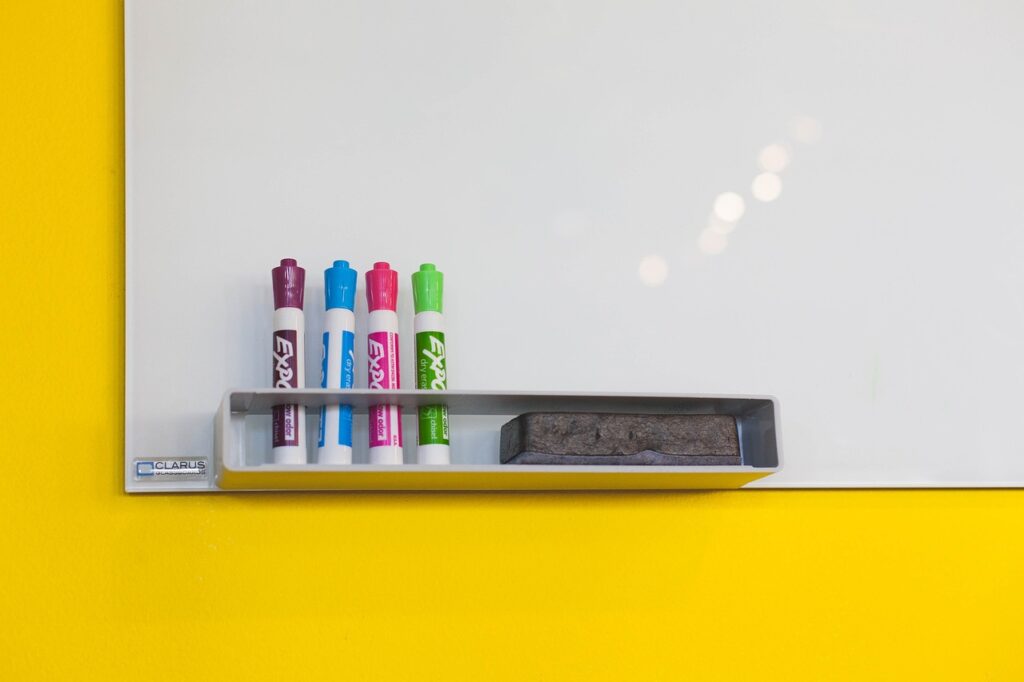
In the US, small businesses (less than 500 employees) comprise 99.9% of businesses and account for slightly over 47% of private sector employment.
Most of those small businesses, particularly once they hit the 25-40 employee count, have an in-house HR function; usually hovering somewhere around 1.4 full time HR staff per 100 employees (per research via Bloomberg BNA’s HR Department Benchmarks and Analysis report). Or, absent an in-house HR team, they utilize some combination of consultants, brokers and attorneys to successfully manage their people ops and HR strategies.
There is, let’s face it, a world of difference between working as an HR leader or independent contributor in a Big HR Department of 200 and operating as an HR Department of 1 (or Department of a Few):
- Big HR shops often have sizable budgets, extensive resources, and dedicated staff for every conceivable specialty (jobs like Employer Brand Digital Specialist and Manager, Remote Work Culture come to mind).
- Small HR shops, on the other hand, are often at the mercy of the Owner/CEO when they wish to spend much beyond $100. They must tap into external resources (friends and family!) for assistance, and rely on Google, Facebook groups or SHRM for access to resources and answers to unusual questions.
Big HR often appears, to HR professionals on the outside, as a sexy, exciting and magical place in which to sharpen one’s HR skills:
- “They have a People Analytics Department!”
- “They’re doing Programmatic Advertising!”
- “Their Recruiters actually have LinkedIn seats!”
Then, when reading articles in HR publications or attending HR conferences, we hear even more about the enticing and compelling initiatives that our HR compatriots in Big HR are implementing.
It can certainly be inspirational and exciting as HR professionals in SMBs find ways to scale ideas from those ginormous organizations and collectively promote movement towards the future of work. When they use their influence and push internal initiatives to implement effective workplace technology or incorporate more human-centric policies and processes.
Yet, for some HR leaders at SMBs, there’s the opposite effect as they toss their hands in the air whilst thinking “I’ll never have the resources, time or support to do those things.”
Please don’t do that!
Small HR can both THINK big and ACCOMPLISH big things and there are simple ways to resuscitate the passion, plan for HR modernization and reinvigorate the HR mojo:
- Tap into networks that focus on the future of HR. Move beyond HR 101 and compliance and discuss “ideas.” Join communities that are elevating the conversation or find a partner/HR coach that can work with you to broaden your thinking and approach.
- Pay attention to trends (year over year) – One great resource for this (which I talk up all the time) is Deloitte’s Global Human Capital Trends Report. Read it, digest it, and use it to take a deeper dive into those areas you may be adding to your company’s HR Roadmap.
- Explore areas outside of HR. Everything that’s happening in the world impacts our workplaces so be cognizant of things that are happening in politics, the economy, technology and general pop culture. Read Fast Company, TechCrunch, the Wall Street Journal and People. (really on the People thing).
- Advance your professional boundaries. If you’re a Benefits Specialist spend some time on webinars (or in conference sessions) designed for Recruiters. If you’re a Recruiter (in the US), brush up on the FMLA or ACA parameters.
- Up-Skill … YOURSELF. Don’t wait for a new corporate initiative to be the impetus for learning. Demo new HR tech products just for the fun of it. Take an online class in coding. Volunteer to work with the Marketing Team on a branding initiative.
“It takes the same energy to think small as it does to think big. So dream big and think bigger.” – Daymond John



